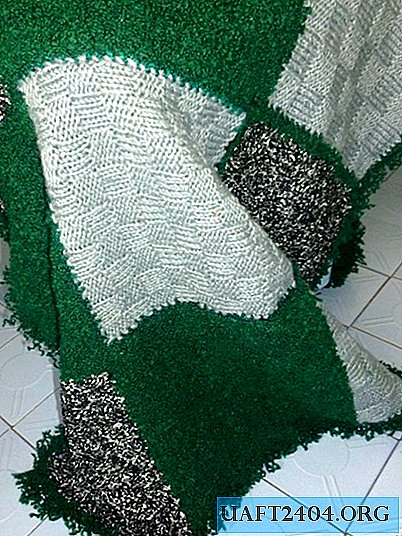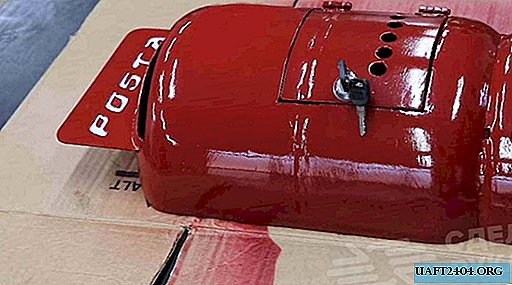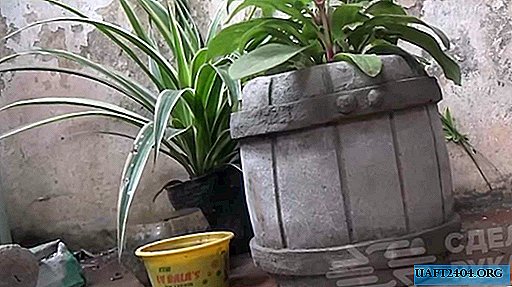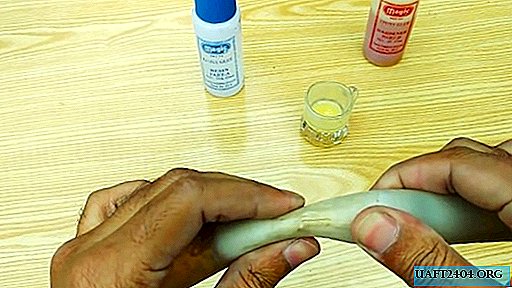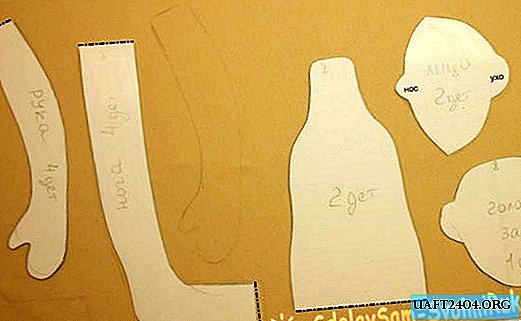Share
Pin
Tweet
Send
Share
Send
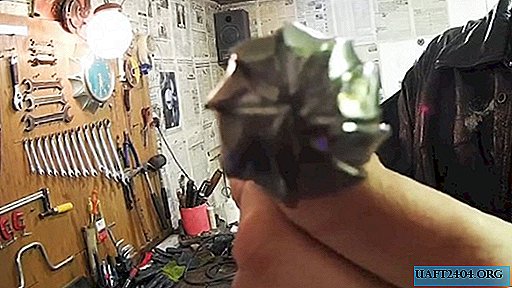
All these factors force folk craftsmen, when it becomes necessary in such an instrument, to look for independent ways of their manufacture. Especially often they need those who repair cars, motorcycles and other vehicles.
Using simple ball mills, for example, the channels in the cylinder heads of engines are bored during their repair. Almost also only they can efficiently and accurately process curved channels. No other type of milling cutter is suitable for such work. A custom-made electric drill can be used to drive a home-made ball mill.
A ball mill (roller cutter, boron mill) can be made from a ball of suitable diameter from a ball bearing or from a ball joint for steering or car suspension. Hard steel is used for the manufacture of these parts, and therefore, cutters from them will have good cutting properties.
Choose a ball from a bearing with a diameter of 33 mm as a workpiece. What can we need for making cones?
Tools and materials
You can do with a minimum of tools:
- Grinder with a cutting and turning disk.
- Welding machine.
- Vise for metal.
- Vernier caliper and marker.
The set of necessary materials, taking into account the performance check of a do-it-yourself boron cutter, is also short.
We will need:
- Ball with a diameter of 33 mm.
- Nut.
- Mandrel with thread on one end.
- Motorcycle engine block.
The process of making cones
Of course, if you follow all the technological canons of manufacturing tools made of hardened metal, then you should first release it to facilitate subsequent machining. But for this you need a muffle furnace, which we do not have. Because of this, we need a little more time, effort and wear of the threaded and turning discs, which is not too difficult, because we make only one ball mill.
Once again, measure the diameter of the selected ball using a caliper and make sure that it is necessary to remove a layer of metal of 0.5 mm from its surface. After all, we need a cone with a diameter of 32 mm.

The mandrel could be made by drilling a blind hole in the ball, followed by threading. But this will not be so easy to do, because in this case you will definitely have to release the metal of the workpiece, have a special device to hold the ball during processing and, of course, a drilling machine that is not available.

Therefore, we stop on the version with a welded nut and a mandrel screwed into the metal thread. To do this, hold the ball in a vise and use a welding machine to fix the nut on the workpiece. Upon completion of welding, quickly cool the resulting compound in water to prevent the release of the ball metal.


Securely screw the mandrel into the nut and fix it in the spindle of an electric drill or grinder, which, in turn, must be securely fixed with clamps or a vice. Everything is ready for adjusting the diameter of the ball to the desired size.

To do this, we give rotation to the spindle with the fixed workpiece and proceed to the removal of metal with the help of a turning disk and grinder, constantly monitoring the diameter of the processed ball with a caliper.

Having received the desired transverse size (32 mm), we stop processing.
Now everything is ready for the formation of cutting teeth. We attach the workpiece to the shank in a vise for metal and, with the help of a grinder with a cutting disc, we proceed to the execution of the longitudinal grooves, which will be necessary to obtain cutting edges.

The question arises: how much to make the grooves? The answer is unequivocal: the harder the processed material, the more there should be. Since we have to restore the motorcycle block of cylinders from duralumin, it is enough to complete 10 grooves to get 9 cutting edges.
Using the turning disk, we remove the excess metal to get a trapezoidal profile of the teeth directed towards the rotation of the tool. This operation is the most complex and important, therefore, it must be performed with all attention and accuracy. After it, we can assume that the cone is completely ready for the intended work.


It remains to verify it in practice on the cylinder block from the Ural motorcycle or by any other with the same hole sizes. During operation, the cutter must be periodically lubricated with oil. So that the process proceeds more intensively and without unnecessary efforts on the drive.



Warnings and notes
When working with a ball mill, it is necessary to protect the eyes with glasses, and wear gloves on your hands. Of course, there should be a protective cover on the grinder. The fact is that when processing soft metals, the chips turn out to be different in size, which tends to scatter in all directions and over long distances.
As for the tool, it is more profitable to position the cutting edges not longitudinally to the axis of rotation, but at an angle. Then the cutter will work softer, more productively and the risk of its unauthorized twisting will decrease.
To exclude the tangential runout of the tool, it is more profitable to make a cutter from the ball joint of the steering wheel of a car. Then there is no need to make a mandrel, because it already exists and at the same time is perfectly centered in relation to the ball.
Share
Pin
Tweet
Send
Share
Send

